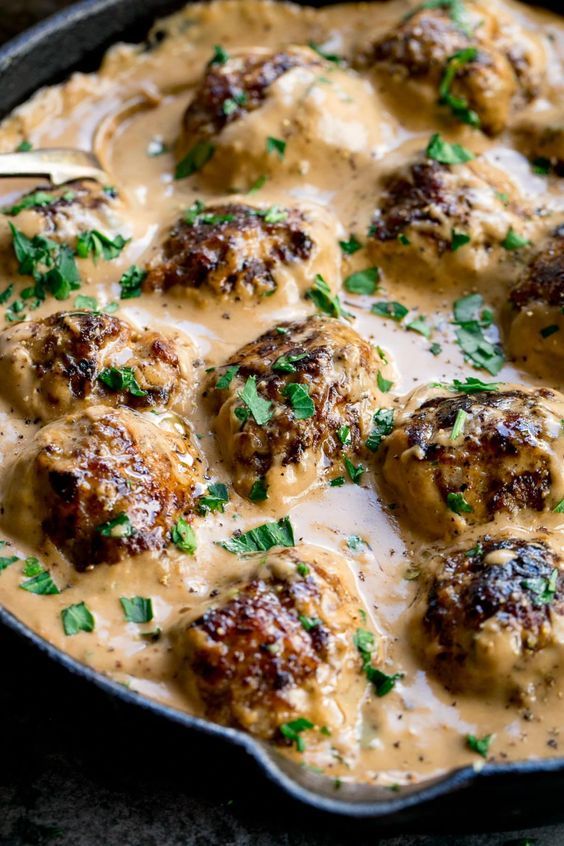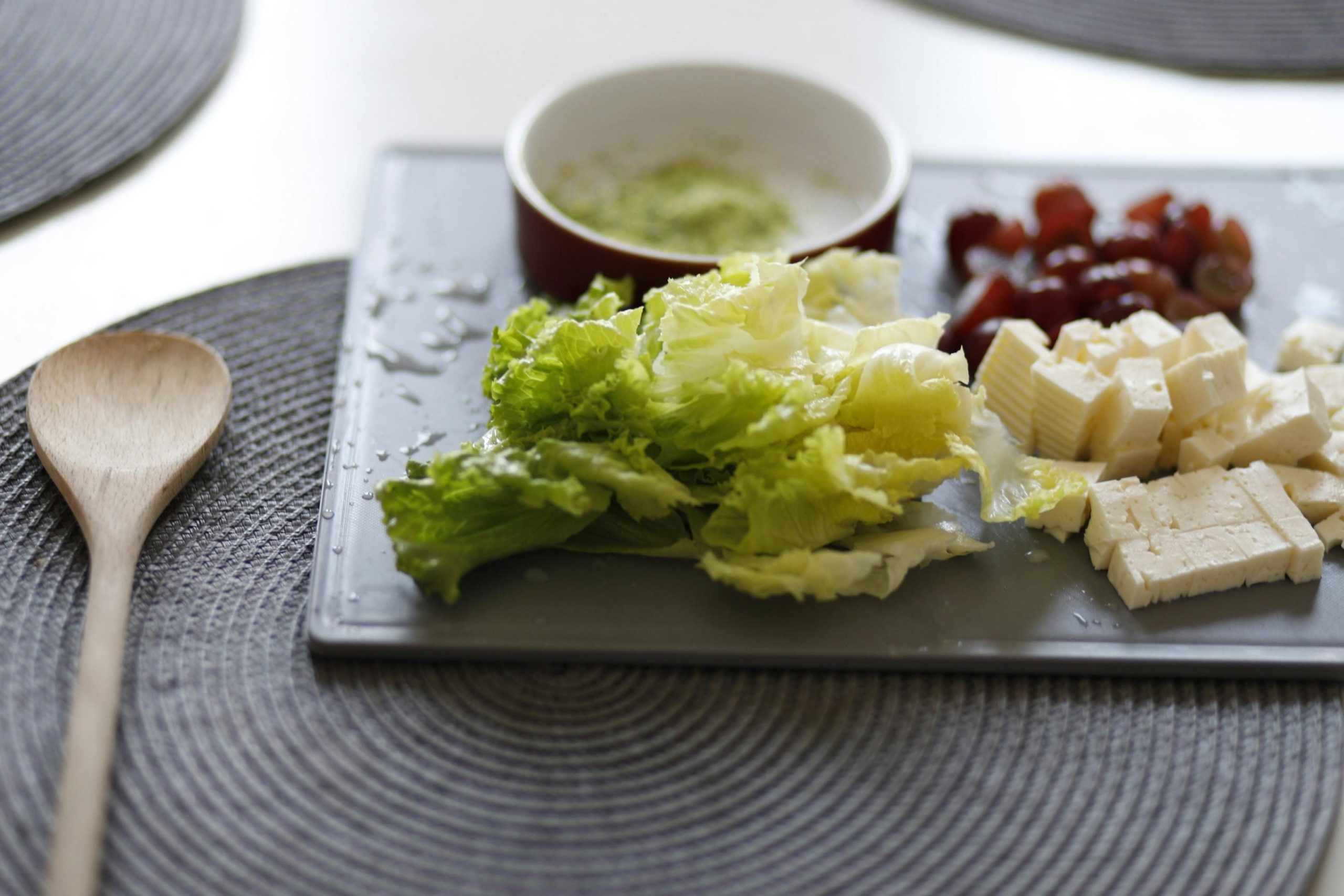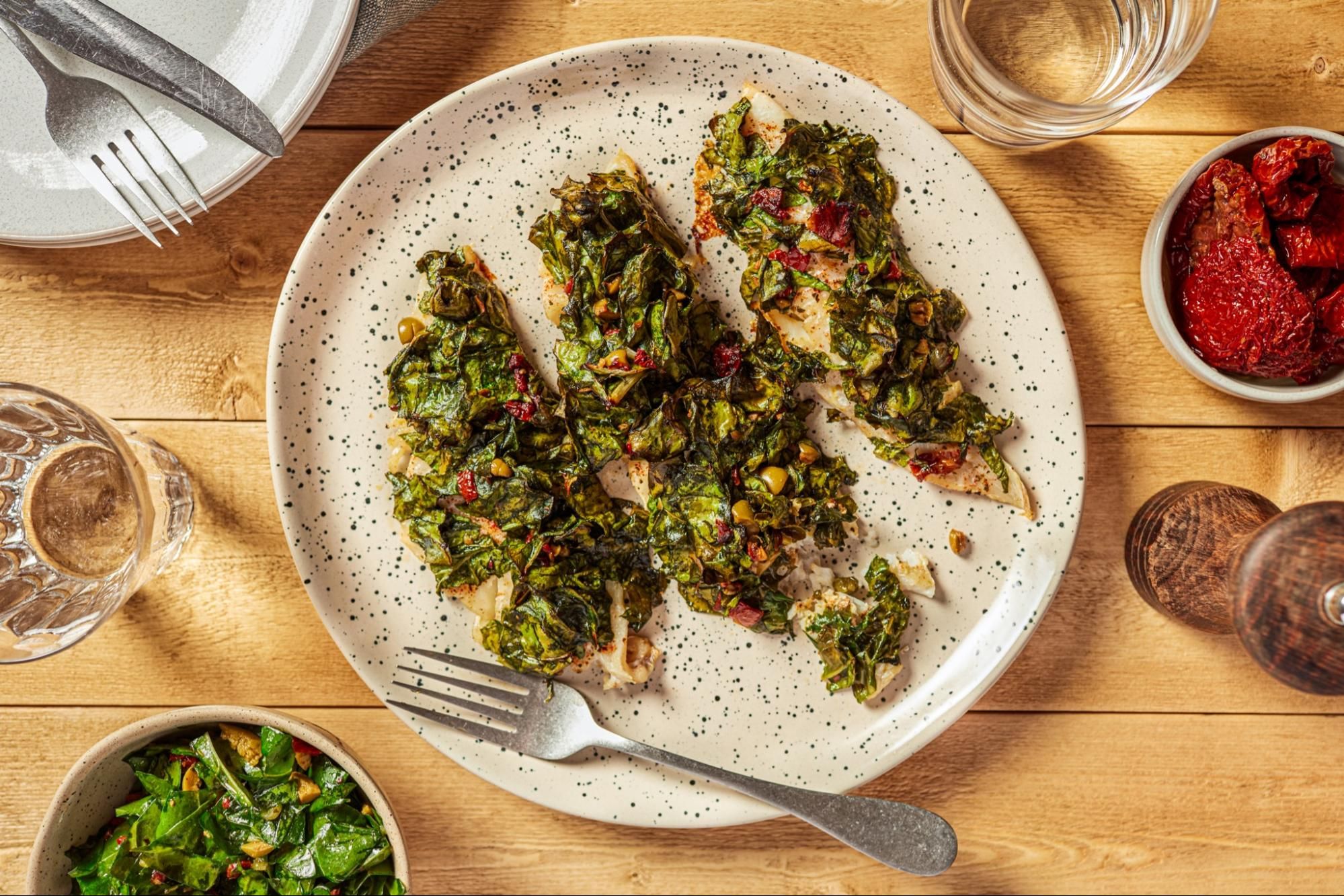Craving a taste of Switzerland? The perfect Swiss meatball recipe is closer than you think!
Finding a recipe that captures the authentic flavours of Swiss cuisine can be a daunting task.
The key to authentic Swiss meatballs lies in the blend of ingredients like ground beef, breadcrumbs, milk, and a mix of spices including nutmeg and allspice, combined with a creamy, flavourful sauce.
Our upcoming blog will guide you through the essential ingredients, a step-by-step cooking process, the perfect sauce pairing, nutritional insights, and storage tips to ensure you master the art of making Swiss meatballs.
Essential Ingredients for Authentic Swiss Meatballs

Crafting authentic Swiss meatballs requires a careful selection of essential ingredients that contribute to their unique taste and texture. The foundation of the meatball mixture typically includes a blend of ground beef and ground pork, ensuring a juicy and flavourful result. The addition of breadcrumbs helps to bind the ingredients together, while milk softens the texture, making the meatballs tender. Spices such as nutmeg and allspice are crucial for adding that unmistakable Swiss flavour that sets these meatballs apart from other varieties.
Each ingredient plays a pivotal role in the meatball’s final taste and texture. Ground beef provides the robust meaty flavour, while ground pork adds a delicate fat content that enhances juiciness. The breadcrumbs, when mixed with milk, allow the meatballs to maintain their shape and tenderness during cooking. The spices, particularly nutmeg and allspice, introduce a warm, aromatic depth that is characteristic of Swiss cuisine. Together, these components harmonise to create a dish that is both comforting and deliciously complex.
Step-by-Step Guide to Making Swiss Meatballs
To begin making Swiss meatballs, start by combining one pound of ground beef and one pound of ground pork in a large bowl. Add ¼ cup of breadcrumbs and enough milk to moisten the mixture. For the seasoning, include one teaspoon of salt, ¼ teaspoon of black pepper, and ¼ teaspoon of ground nutmeg, ensuring all the flavours are well distributed throughout the meatball mixture.
Once the meatball ingredients are thoroughly mixed, use an ice cream scoop to measure out even portions. This helps keep all the meatballs the same size, which is crucial for even cooking. Roll the scooped mixture into balls and arrange them on a baking sheet. It’s important not to pack the meatballs too tightly, as the mixture should be just firm enough to hold together.
Heat a large skillet over medium-high heat and add a tablespoon of olive oil. Brown the meatballs in batches, ensuring they are not crowded in the pan. This will help them develop a deliciously crispy exterior. Once browned, reduce the heat to medium and continue cooking the meatballs until they are cooked through. The internal temperature should reach at least 160 degrees Fahrenheit, ensuring they are safe and ready to be paired with the sauce.
Crafting the Perfect Swiss Meatball Sauce

The perfect Swiss meatball sauce starts with the rich flavours left in the pan from browning the meatballs. Add two tablespoons of butter to the pan and allow it to melt, then stir in one tablespoon of all-purpose flour to create a roux. Gradually whisk in two cups of beef broth, ensuring there are no lumps. Bring the mixture to a simmer and allow it to thicken into a creamy gravy.
Once the sauce has thickened, stir in ½ cup of heavy cream and a teaspoon of Dijon mustard for added depth. Allow the sauce to simmer gently, adjusting the seasoning with salt and pepper to taste. Return the cooked meatballs to the sauce, spooning the gravy over them to coat thoroughly. Let them simmer in the sauce for an additional five minutes, which will help the flavours meld together beautifully. Serve the meatballs and sauce hot, ideally over a bed of fluffy mashed potatoes or buttered noodles.
What to Serve with Swiss Meatballs: Perfect Pairings

When considering what to serve with Swiss meatballs, the goal is to complement the rich, creamy texture and the deep, spiced flavours of the meatballs. A popular and delightful choice is buttered egg noodles. These noodles are not only easy to prepare but also act as a perfect base to soak up the luxurious sauce that accompanies the meatballs. The soft, buttery texture of the noodles pairs beautifully with the meatiness of the Swiss meatballs, making every bite a perfect harmony of flavours and textures.
For those who prefer a more robust side, creamy mashed potatoes offer a splendid alternative. The smooth, velvety texture of mashed potatoes makes them an ideal backdrop for the meatballs, providing a comforting and filling element to the meal. Here are some reasons why mashed potatoes are a great choice:
- Texture Contrast: The creaminess of the potatoes contrasts nicely with the firmness of the meatballs.
- Flavour Absorption: Mashed potatoes are excellent at absorbing the sauce, ensuring that none of the delicious gravy goes to waste.
- Versatility: You can easily adjust the flavour of the mashed potatoes by adding ingredients like roasted garlic or cheese, making it easy to tailor them to your taste preferences.
Nutritional Profile of Swiss Meatballs
Understanding the nutritional profile of Swiss meatballs is crucial for those mindful of their diet while still indulging in comfort foods. A typical serving of Swiss meatballs, which generally consists of about four meatballs, contains approximately 300 calories. The breakdown of macronutrients in these meatballs is quite balanced, making them a hearty option for a meal. They contain about 20 grams of protein, which is essential for muscle repair and growth. The fat content can vary, usually around 15 to 20 grams, depending on the meat used and the preparation method. Carbohydrates are relatively low, about 10 grams per serving, primarily from the breadcrumbs used in the meatball mixture. While Swiss meatballs can be a satisfying part of a meal, it’s wise to consider the creamy sauce and accompaniments, as they can add additional calories and fats.
Proper Storage Tips for Swiss Meatballs
Storing Swiss meatballs correctly is essential to maintaining their quality and flavour. For short-term storage, place the cooked meatballs in an airtight container and refrigerate. They will stay fresh for up to three to four days. Ensure the container is sealed properly to prevent any air from entering, which can cause the meatballs to spoil faster. This method is perfect if you plan to enjoy your Swiss meatballs within a few days.
For long-term storage, freezing is your best option. Frozen meatballs can last for up to three months without losing their taste or texture. It’s important to let the meatballs cool completely before freezing to prevent ice crystals from forming. Once cooled, place them in a single layer on a baking sheet to flash freeze. After they are solid, transfer the frozen meatballs to a freezer-safe airtight container or a heavy-duty freezer bag. This prevents them from sticking together and allows you to take out just the amount you need later.
Freezing Swiss Meatballs: A How-To Guide

Freezing Swiss meatballs is straightforward and can greatly extend their shelf life while preserving their delicious taste. Begin by ensuring the meatballs are completely cooled to room temperature. Arrange them on a baking tray lined with parchment paper, making sure they are not touching, to prevent them from sticking together. Place the tray in the freezer for about 1-2 hours in a process known as flash freezing. Once the meatballs are solidly frozen, transfer them to a freezer bag or an airtight container, label it with the date, and store in the freezer. When you’re ready to enjoy them, thaw the meatballs in the refrigerator overnight before reheating. This method ensures that the frozen meatballs retain their texture and flavour.
Discover More Swiss Delicacies with Indulge
After mastering the art of Swiss meatballs, why not dive deeper into Swiss cuisine with INDULGE‘s curated culinary tours? These tours are designed to enhance your appreciation and understanding of Swiss gastronomy, taking you on a journey through Zurich’s rich culinary history and vibrant food scene.
Each tour with INDULGE offers unique experiences, such as:
- Tasting traditional Swiss dishes in the historic Old Town
- Enjoying exclusive Wine & Dine events in Zurich’s industrial heart
- Discovering international flavours that influence Swiss cuisine
This is a perfect opportunity to expand your culinary horizons and truly immerse yourself in the delights of Swiss food.
Frequently Asked Questions
What is the secret to firm meatballs?
The secret to firm Swiss meatballs lies in the correct balance and mixture of ingredients. Using breadcrumbs mixed with milk helps the meatballs maintain their shape and tenderness during cooking. The mixture should be just firm enough to hold together, and it’s important not to pack the meatballs too tightly when forming them.
Is it better to bake or pan cook meatballs?
The blog post suggests pan-cooking the Swiss meatballs. It involves browning the meatballs in a large skillet over medium-high heat with olive oil, then reducing the heat to medium to continue cooking until they are cooked through. This method helps develop a deliciously crispy exterior on the meatballs.








